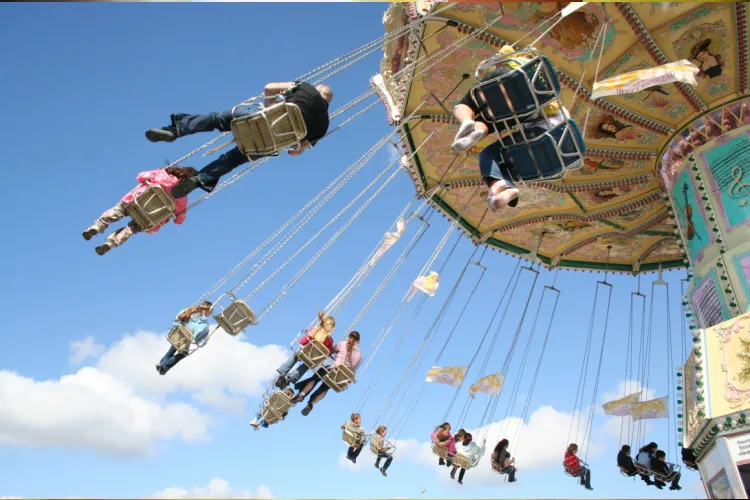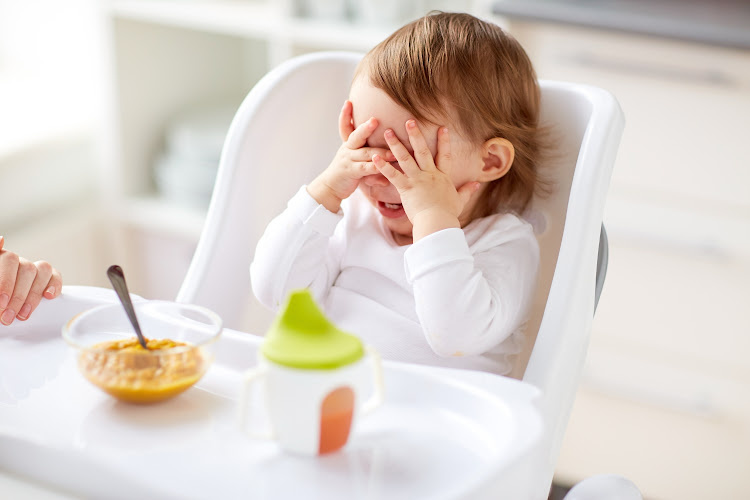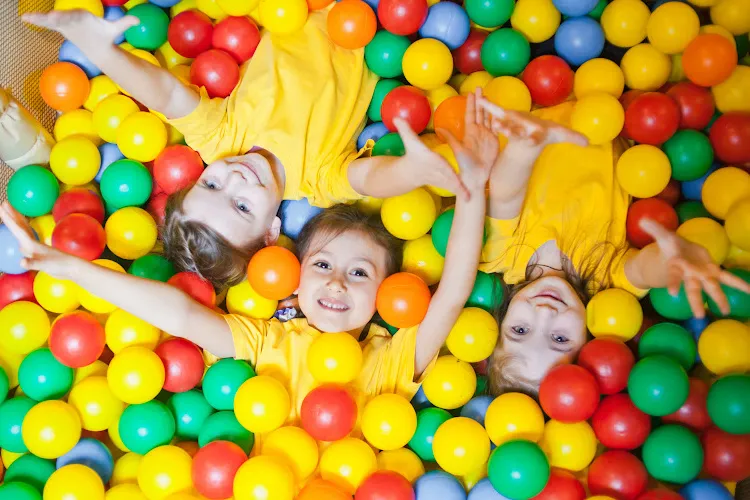Isn’t that what most people think, especially when talking about a child with sensory needs?
But it is so much more intricate and involved than that.
What is vestibular input?
The vestibular system is our body’s understanding of our head position in space. It is sensed by our change in position, direction or movement of our head.
Receptors in our inner ear become activated by the movement of the fluid in our ear canals as our head moves.
Combine the input from gravity, as well as our ears and it tells our body exactly where we are in relation to gravity, whether we are moving or still, and how fact we are going in what direction.
Even subtle changes of movement are noticed. This type of awareness begins very early- almost 9 weeks after conception. By the 5th month in utero, the vestibular system is well developed through the movements of the mother’s body. How cool is that?
But it also makes you think how much impact the vestibular system can have on a child if their system begins not processing correctly after 9 weeks from conception.
For a child, they might be over-reactive or under-reactive to this type of sensory input.

Vestibular information impacts:
- eye and neck muscles
- body awareness
- muscle tone
- posture
- equilibrium responses
- balance
- attention
- emotional development
- and so much more
What can an occupational therapist do?
Occupational therapists work on guiding a child to learn how to process this type of input correctly. It is important to provide the RIGHT type of vestibular input paired with regulation strategies to make changes in the brain in processing. It isn’t just sitting on a swing, and swinging.
There are subtle changes to be aware of during participation as well as positions to encourage increases/decreases in input, speed, and duration.









